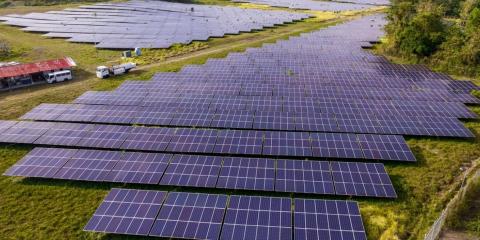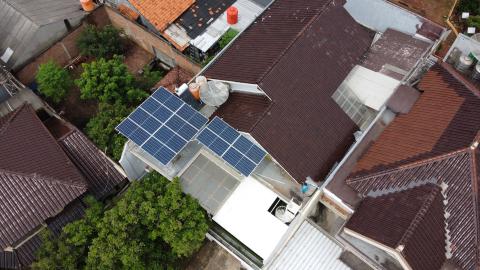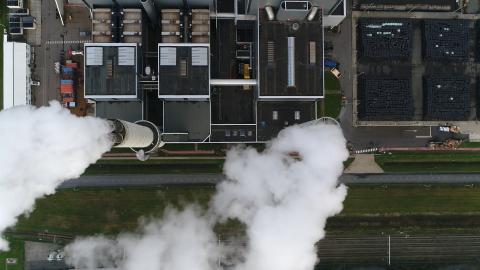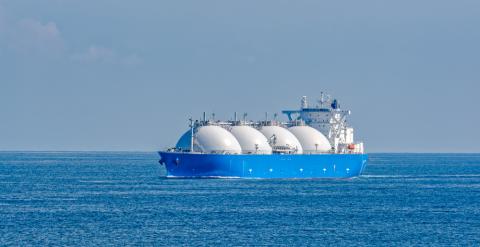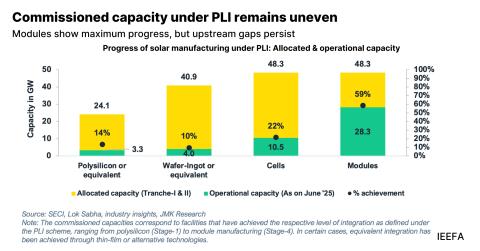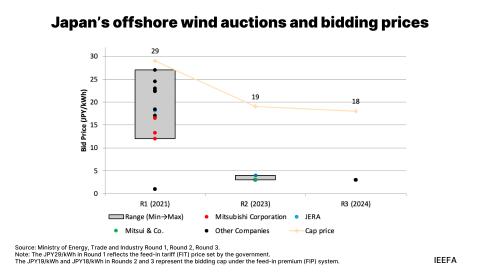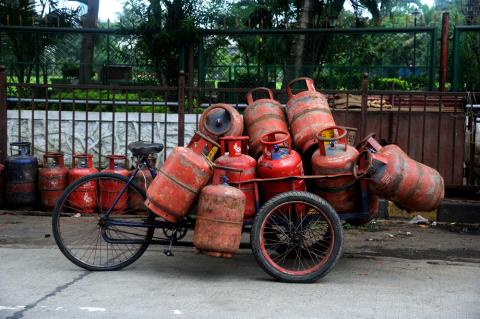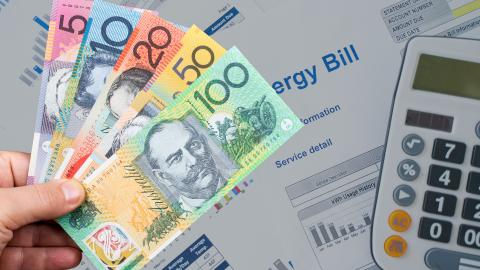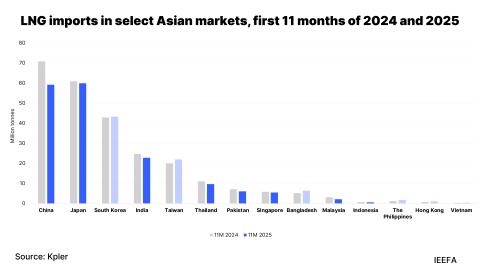Australia doesn’t have to choose between energy affordability and emission reductions

Key Findings
The widespread narrative that Australia’s net zero targets are incompatible with energy affordability is false. In fact, IEEFA has found that many of the key opportunities to improve energy affordability would also support emissions reductions.
Key drivers of rising electricity costs include Australia’s ageing coal-fired powerplants and high gas prices. Renewables backed by storage are the lowest-cost form of new electricity generation and are expected to become even cheaper by 2030.
Demand-side measures such as solar, battery storage, electrification and energy efficiency upgrades offer substantial potential to reduce household bills, while cost-saving opportunities for industry remain largely untapped. Fixing regulatory issues and enhancing competition in energy markets would also support affordability.
Emissions reduction targets are often cast as incompatible with energy affordability, the latest example being the Liberal Party dumping its net zero target. IEEFA has found that this is not the case.
We reviewed all the major opportunities to improve energy affordability in electricity and gas and found they either support – or are independent to – Australia’s net zero ambitions. We also found plenty of room for improvement when it comes to energy affordability – but it is not about abandoning emissions reductions. It is about fixing inefficient energy markets and regulation, increasing competition, and acting on the demand side.
Australia’s coal fleet is rapidly ageing, with most plants set to retire within the next decade. A large portion of network assets are similarly reaching end-of-life. Replacing these assets is unavoidable – but our choice of replacement technology has profound implications for affordability.
Renewables backed by storage and transmission are the lowest-cost form of new electricity generation. Their cost is already on par with new coal and will be materially cheaper by 2030. Of nearly 1,000 electricity projects in the National Electricity Market (NEM) pipeline, 96% are renewables or storage, and none are coal.
Keeping ageing coal plants online carries associated costs and risks – they experience more breakdowns, leading to reliability risks and spikes in wholesale electricity prices. Three coal power plants – Muja AB, Hazelwood and Liddell – saw refurbishment costs ranging from $400 million to $1.3 billion, with two deciding not to proceed, and the third proceeding only to shut three years later.
Gas-based generation, meanwhile, has become increasingly uncompetitive. Gas consumption in the NEM fell by 57% between its FY2012-13 peak and FY2024-25, as prices tripled due to liquefied natural gas (LNG) exports. On average over FY2024-25, gas power plants set the wholesale spot price in the NEM at about $200/MWh, well above the average wholesale price of $131/MWh.
The low-cost fields that historically supplied Australia are running out of gas, while large new fields come with high production and transport costs. The cheapest way to supply Australian gas consumers is instead to redirect some lower-cost LNG feedgas from exports to the domestic market.
Nuclear would be even more costly with likely costs 1.5 to 3.8 times higher than electricity generation in eastern Australia.
Contrary to common misconceptions, renewables have not been driving electricity prices up – high gas and coal prices, coal outages and network costs have. IEEFA found that high renewables were closely correlated with low wholesale prices.
Delays in the renewables rollout have put pressure on the electricity system. However, Griffith University found rolling out coal and gas would have pushed prices 30-50% higher. Switching to new coal and gas now would face similar issues as renewables have, amid a global gas turbine shortage, and with cost overruns and delays being common for large projects globally, regardless of technology.
Reducing delays through faster approval processes and making our markets and rules work better should be a big priority. Fixing regulatory issues – such as systemic supernormal profits by electricity and gas networks – could deliver billions in consumer savings. Market concentration and poor transparency in the gas market and dispatchable electricity generation assets are also key drivers of high prices, and reforms to improve competition are essential. Allowing distributed energy resources to compete with distribution network expansions could also avoid significant costs.
There is huge untapped potential to reduce net household energy bills through demand-side measures: energy efficiency, electrification, flexible demand, solar and batteries.
Australian households still install nearly two million inefficient gas and electric appliances (including heater and hot water systems) each year. Replacing them with modern electric alternatives could avoid $3.4 billion in unnecessary household costs every year. Adding solar and battery systems as well can reduce net household bills by up to 67%, even after accounting for the upfront cost. A shift to electric vehicles offers similar benefits.
Rooftop solar, batteries and smarter demand management (shifting demand outside peak hours) could avoid billions in generation and network spending, reducing costs for all Australians. However Australia lacks the standards and incentives to unlock many of those benefits.
Industrial energy efficiency and electrification can also offer major cost savings with short payback periods, yet they remain largely untapped. Australia is missing a large-scale scheme targeted at improving industrial energy efficiency.
We find that the key pathways to improve energy affordability in electricity and gas are either aligned with net zero or neutral to climate policy outcomes. In the coming decade, the core elements of the transition towards net zero emissions are an accelerated deployment of renewables, energy efficiency and electrification.
Amidst a cost-of-living crisis, energy affordability should be front and centre of governments’ priorities. However, the narrative that Australia must choose between lowering bills and cutting emissions is simply false.
This commentary was originally published in RenewEconomy.



